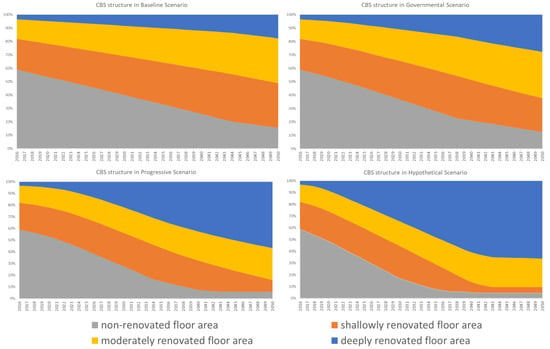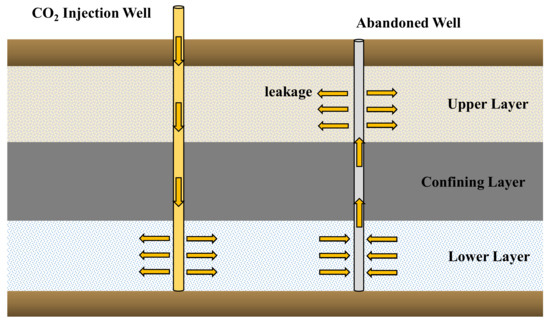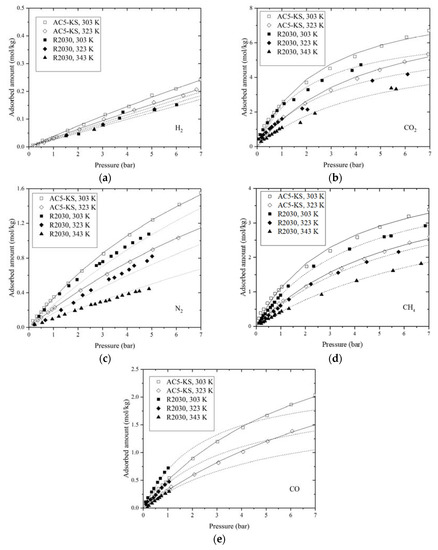Energies 2021, 14(9), 2463; https://doi.org/10.3390/en14092463 - 26 Apr 2021
Cited by 9 | Viewed by 3611
Abstract
Important industrial applications are based on magnetohydrodynamics (MHD), which concerns the flow of electrically conducting fluids immersed in external magnetic fields. Using the Finite Volume Method, we performed a 3D numerical study of the MHD flow of a conducting fluid in a circular
[...] Read more.
Important industrial applications are based on magnetohydrodynamics (MHD), which concerns the flow of electrically conducting fluids immersed in external magnetic fields. Using the Finite Volume Method, we performed a 3D numerical study of the MHD flow of a conducting fluid in a circular duct. The flow considered was laminar and fully developed. Along the initial section of the duct, there were magnets placed around the duct producing magnetic fields in the radial direction. Two arrangements of magnetic field orientation were considered: fields pointing toward and away from the duct’s center alternately, and all fields pointing toward the duct’s center. For each arrangement of magnets, various intensities of magnetic fields were considered to evaluate two effects: the influence of the magnetic field on the flow velocity, and the influence of the flow velocity on magnetic field induction. It was found that for the second arrangement of magnets and Hartmann numbers larger than 10, the flow velocity was reduced by as much as 35%, and the axial magnetic induction was as high as the field intensity applied by each magnet. Those effects were negligible for the first arrangement and low fields because of the distribution of field lines inside the duct for these situations.
Full article
(This article belongs to the Special Issue Methods and Numerical Applications in Fluid Mechanics)
►
Show Figures














